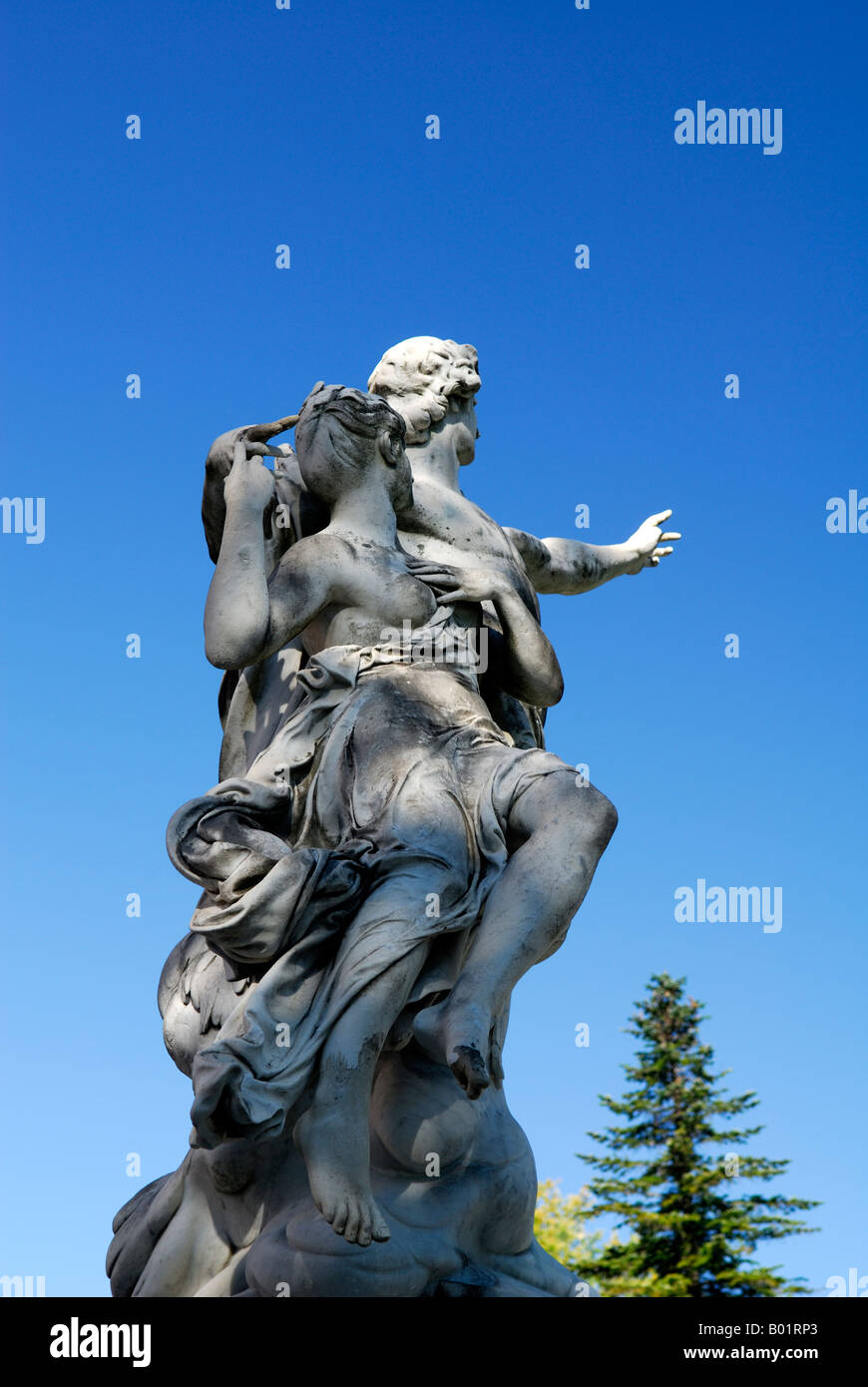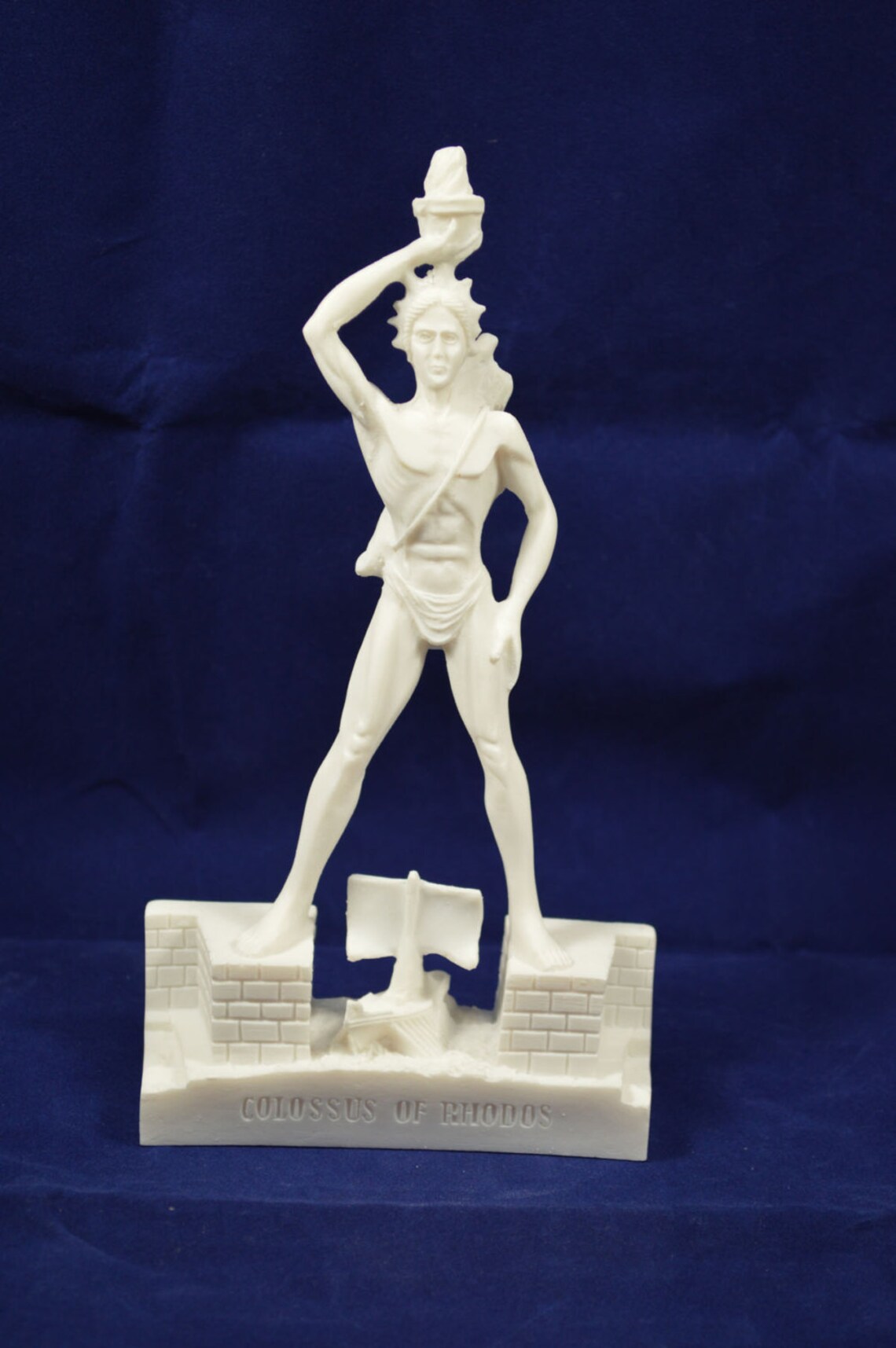
The statue is generally considered one of the Seven Wonders of the Ancient World. Legend has it that a huge statue – the Colossus of Rhodes – was erected in his honor on the island. Worshipīeginning around the 5th century BC, Greeks on the island of Rhodes considered Helios the chief god of the pantheon.

His laugh even had the ability to make plants sprout, making life grow abundantly on the Earth. According to Homer, wherever Helios drove his chariot, he brought joy, laughter and prosperity.īeing the source of life, he had the ability make things grow or regenerate. And to some, he was the god of light, creation and life itself. The Greeks saw him as the creative power behind the Sun. He was also considered a very wise and intellectually gifted god. He was strong, fiery, bright, and hardworking. PowersĪs the god of sight, Helios’ powers were immense. Overall, Helios was a highly respected and revered deity in ancient Greek religion and mythology, and his influence can be seen in many aspects of ancient Greek culture and art. Helios was also involved in the story of the Greek hero Heracles (Hercules in Roman mythology), and he was said to have given the hero his golden chariot to help him complete one of his famous labors. He was also the protector of oaths.Īfter witnessing the abduction of Persephone by Hades, he was instrumental in helping Demeter, Persephone’s mother, find her daughter. It was also believed that the sun god sailed in a large golden cup around the northerly Oceans of the world. After he was woken up by the rooster, he began his journey by driving the sun from east to west on a daily basis. Helios’ importance in ancient Greece (particularly on the island of Rhodes) was quite pronounced because he was seen as the bringer of life and daylight. In reference to his traits, the rayed headdress was also an important symbol of the solar deity. The names of his four horses are Pyrois (“the firey one”), Aethon (“blazing”), Eos (“belonging to the dawn”), and Phlegon (“burning”).Īnother very important symbol of Helios was his whip and a globe (or a golden cup). Almost all the time, he is shown with his four-horse chariot (a golden chariot). His crown was made of shinning arrows or aureole. The ancient Greeks depicted Helios as a very young and handsome man with a radiant crown. Helios family tree Depictions, Appearance and Symbols From his numerous extramarital affairs, the solar deity gave birth to likes of Phethusa, Phaeton, Heliades (daughters of Helios), Aeetes, Charites, and Lampeta. He married Perse and went on to have numerous children, including – Circe, Aeetes, Perses, and Pasiphae. Theia, on the other hand, was a divine deity of light, beauty and precious metals. Hyperion, a Titan in charge of light and wisdom, was believed to be one of the four pillars that kept the heavens (Uranus) above the earth (Gaia). As a result, he could be considered the brother of Eos (the goddess of dawn) and Selene (the goddess of the Moon).īoth parents of Helios were offspring of Uranus (Father Sky) and Gaia (Earth). Helios was born to the Titans Hyperion (‘the High One’) and Theia (‘divine’). Being the deity that literally personified the Sun, he had many epithets including “The One High Up” ( Superus) ‘the all-seeing’ ( Panoptes) Elector (which means radiant or beaming) and Elektor Hyperion (“the radiant”).Ĭonsidering the role that he played in the Greek pantheon, he was also been called Hekatos, a name which evokes a sense of “gracious” light. In ancient Greek religion, the deity Helios was in fact a Titan – one of the oldest solar deities for that matter. Mesopotamian equivalent: Utu Meaning of his name Symbols: horses, chariot, aureole, oxen (cattle), sunflowerĮpithets: ‘the radiant’, ‘gracious’ or ‘the all-seeing’ Siblings: Selene (the goddess of the moon) and Eos (Dawn)Ĭonsorts: Perse (or Perseis), Clymene, Rhodos, LeucotheaĬhildren: Aeetes, Circe, Perses, Pasiphae, Phaethusa and Phaeton, Lampeta, Heliades Here is everything you need to know about Helios, the Greek god (Titan) of the Sun. Over the centuries, he’s been commonly depicted as a handsome, young man with sparkling headdress.


The ancient Greeks also considered any island that received adequate amount of sun the territory of this chariot-driven solar deity. According to Homer, Helios’ temple sites were common on the islands of Thrinacia and Rhodes. Helios – the Greek Titan of the Sun | Image: early 4th century BC, Athena’s temple, IlionĮven to this day, it is not uncommon for one to come across stories of Helios (also known as Helius or Illius), the Greek god who pulled the sun across the sky with his magnificent, golden chariot.


 0 kommentar(er)
0 kommentar(er)
